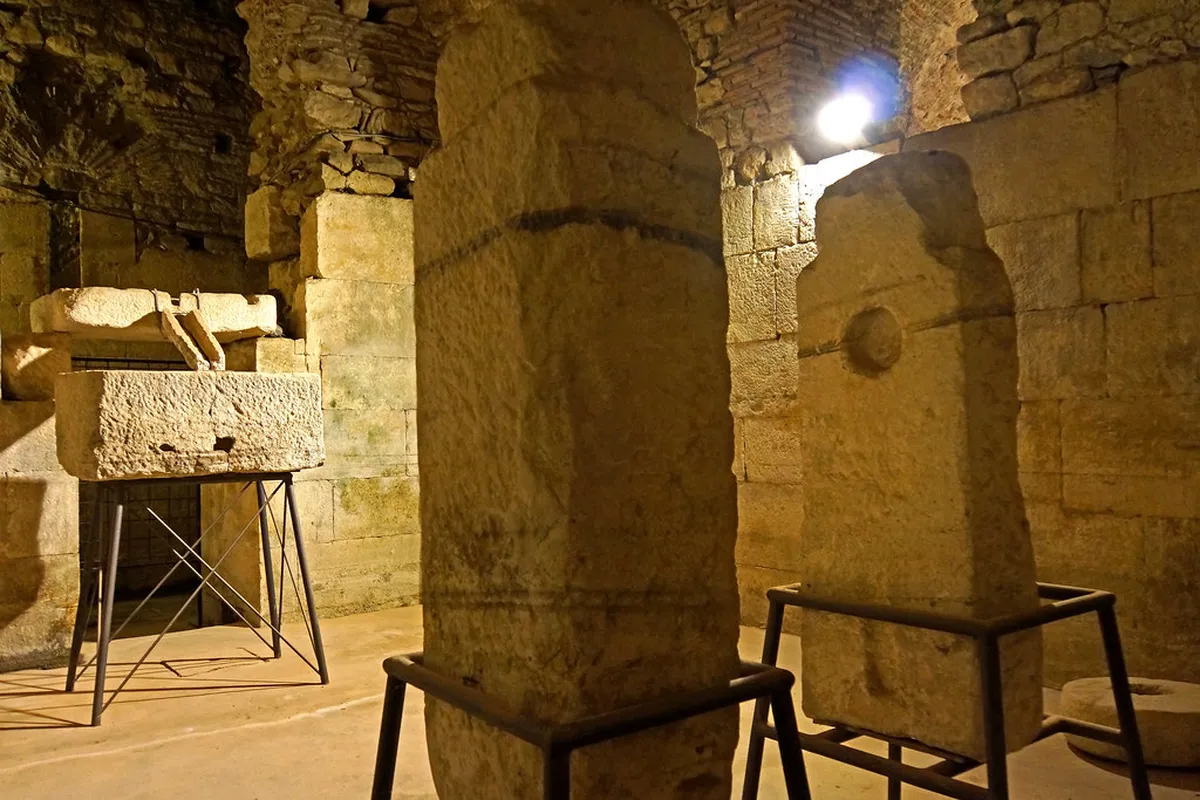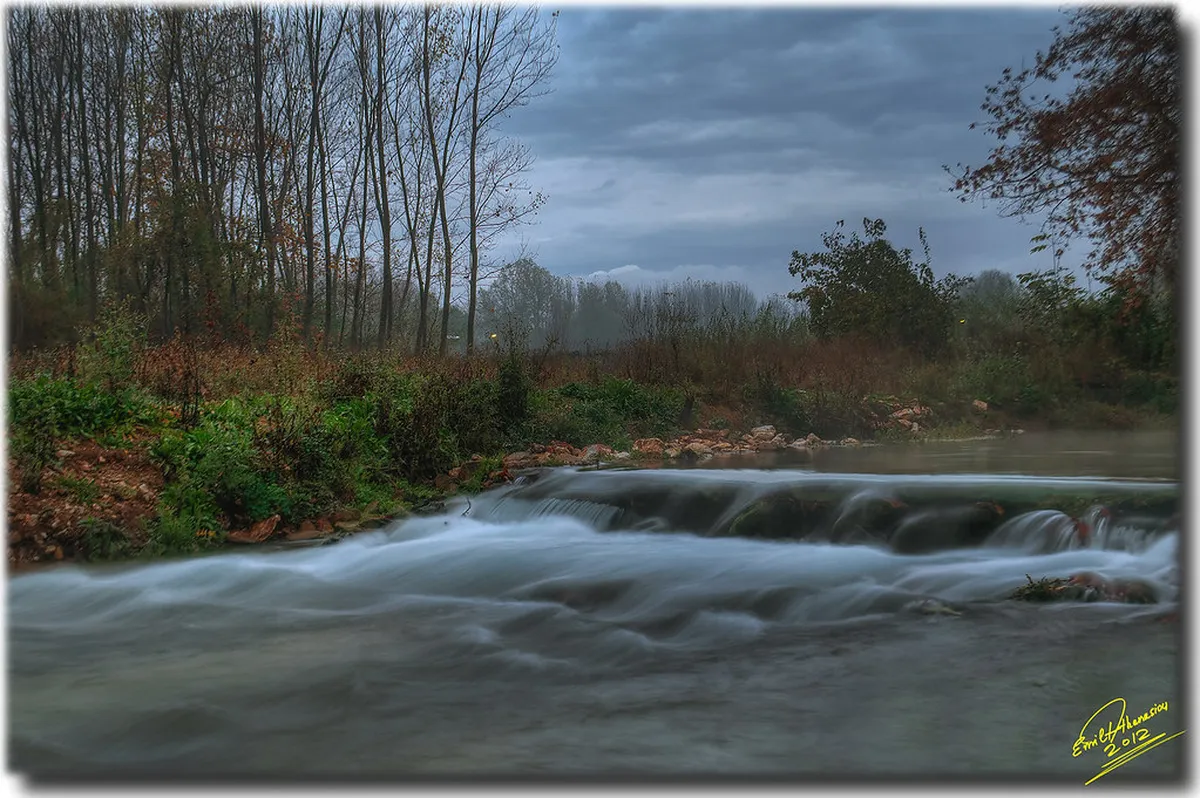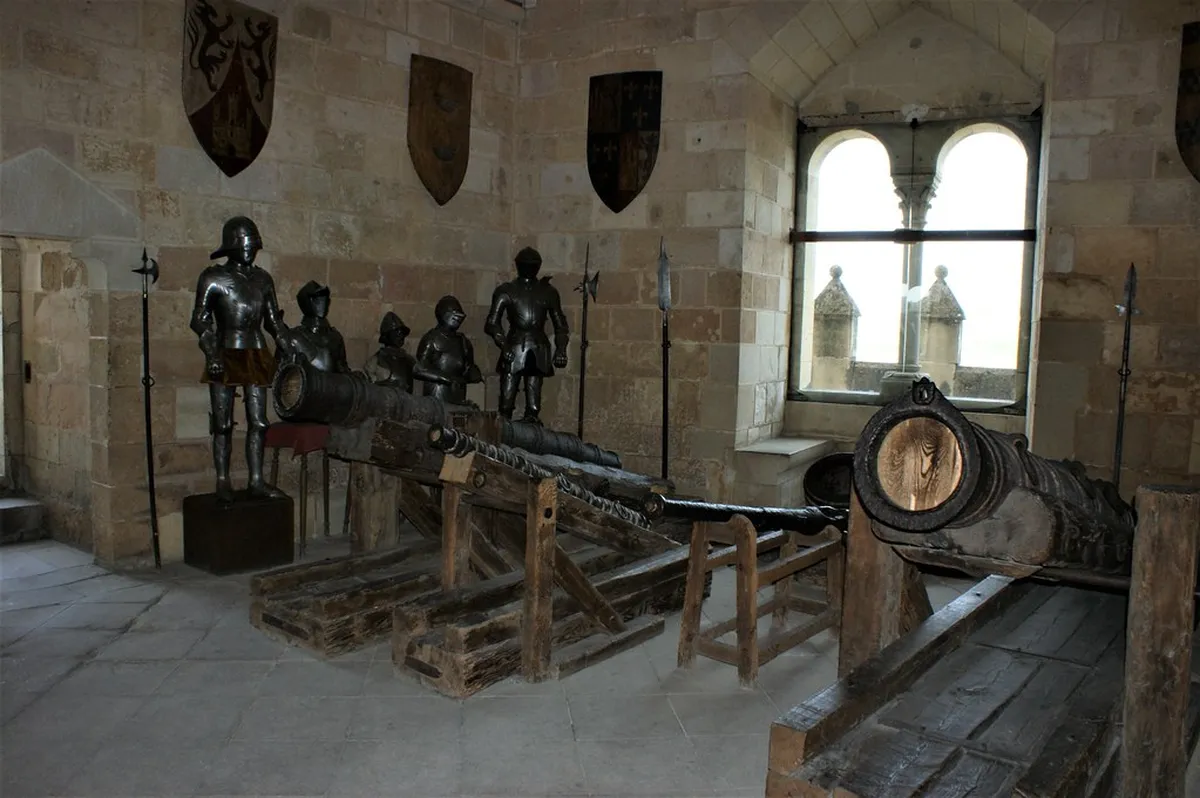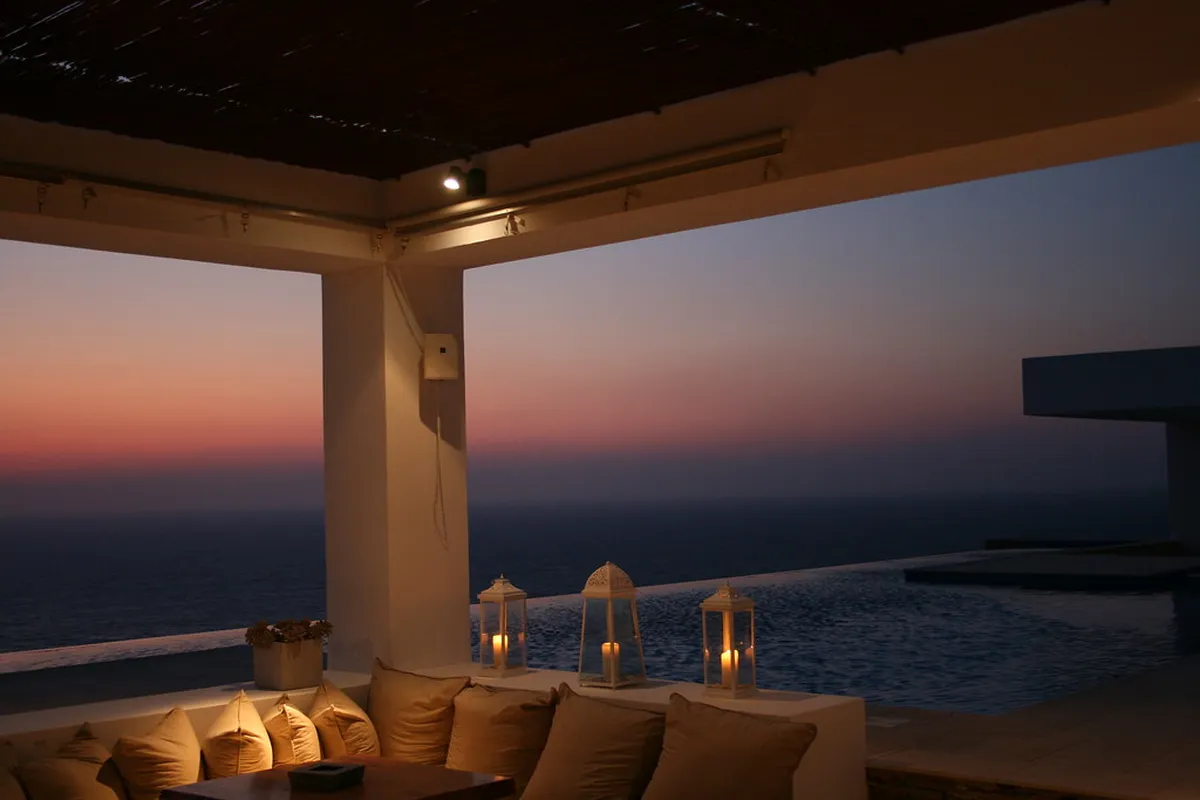Explore Diocletian Palace: A Complete Split Guide
Welcome to the heart of Split, Croatia. Here stands the majestic Diocletian Palace. This ancient Roman structure is a UNESCO World Heritage site. It serves as a living monument to history.
This comprehensive Diocletian Palace Split guide will help you. You can explore its ancient walls and vibrant streets. Prepare for an unforgettable journey into the past. Find more ideas for your trip with our Split Itinerary for First-Timers.
The Rich History of Diocletian Palace
Plan this trip faster with our free online itinerary maker. Get a personalized day-by-day plan in minutes.
Diocletian Palace began as a retirement home. Roman Emperor Diocletian built it in the 4th century AD. He chose this stunning coastal location. The palace was a grand fortress and luxurious villa.
After Diocletian's death, its purpose changed. Local residents sought refuge within its strong walls. They adapted Roman structures for new uses. This transformation shaped the Split we see today.
The palace incorporates various architectural styles. Roman foundations blend with medieval additions. Later Baroque touches also appear. This rich layering tells a story of constant evolution.
Understanding this history enhances your visit. Each stone whispers tales of emperors and citizens. Consider visiting during the Best Time to Visit Split for comfortable exploration.
Today, the palace remains a vibrant part of Split. It stands as a testament to human resilience. Its living history continues to captivate visitors. It's a truly unique world heritage site.
Must-See Sights Within the Palace Walls
The Peristyle is the palace's central square. It's a stunning colonnaded courtyard. Roman architecture dominates this public space. Many performances and events happen here.
Adjacent to the Peristyle is the Cathedral of Saint Domnius. This building was Emperor Diocletian's mausoleum. Climb its bell tower for amazing city views. Expect an entrance fee around 5-8 EUR in 2025.
Beneath the palace lies the Diocletian's Palace Substructures. These basements supported the emperor's living quarters. They are remarkably well-preserved. Admission usually costs about 6-10 EUR. Explore these ancient halls, often featured in popular media.
Don't miss Jupiter's Temple, a smaller but impressive structure. It was once a Roman temple. Later, it became a baptistery. Its intricate carvings are a highlight. For a full experience, check out other Split Must-See Attractions.
The palace also features four main gates. These include the Golden Gate, Silver Gate, Iron Gate, and Bronze Gate. Each gate has its own history and significance. Explore them as part of your Split Itinerary.
Navigating the Palace: Gates, Streets, and Squares
The palace is now a bustling urban center. Its ancient walls house homes, shops, and restaurants. Navigating its narrow streets feels like a treasure hunt. Wear comfortable shoes for walking on uneven surfaces.
Start your exploration at the Golden Gate (Porta Aurea). This was the main imperial entrance. It led to Salona, the Roman capital. Today, it connects to the modern city center.
The Silver Gate (Porta Argentea) is on the east. It opens onto Split's busy market. The Iron Gate (Porta Ferrea) faces west. It leads to People's Square (Pjaca). The Bronze Gate (Porta Aenea) is seaside. It once allowed direct access from the emperor's boats.
Consider taking a guided tour for deeper insights. Local guides offer fascinating stories. They highlight hidden gems you might miss. This can enrich your understanding of the Getting Around Split experience.
Self-guided exploration is also rewarding. Allow plenty of time to wander. Get lost in the charming alleyways. You never know what historical detail you'll uncover. Discover more about Where to Stay in Split near the palace.
Experiencing Palace Life: Shops, Cafes, and Culture
Diocletian Palace is not just a ruin. It is a living, breathing part of Split. Locals live and work within its ancient walls. This creates a vibrant, unique atmosphere.
You'll find countless small shops here. Browse for unique souvenirs and local crafts. Artisans often sell handmade jewelry or artwork. It's a great place to find gifts.
Numerous cafes and restaurants also dot the palace. Enjoy a coffee on the Peristyle. Or dine on traditional Dalmatian cuisine. Many eateries have outdoor seating. Prices vary, but budget-friendly options exist.
During summer, the palace comes alive with events. Expect street performers and musicians. Roman legionnaires sometimes patrol the Peristyle. These add a lively, historical touch. Check for specific cultural events during your 2025 visit.
The palace offers a unique blend of ancient and modern. Immerse yourself in the local lifestyle. Experience Croatian hospitality firsthand. This adds a special dimension to your Split Food Tour Experiences.
Practical Tips for Visiting Diocletian Palace
Visiting early mornings or late afternoons is best. Crowds are thinner, especially in summer. The golden light also creates beautiful photo opportunities. Avoid midday heat during peak season.
Individual attractions have separate tickets. The Cathedral, bell tower, and substructures require fees. Many parts of the palace, however, are free to explore. Budget around 15-25 EUR per person for key entries.
Wear extremely comfortable walking shoes. The palace has cobbled streets and uneven surfaces. You will do a lot of walking. Good footwear is crucial for an enjoyable visit.
Stay hydrated, especially during warmer months. Carry a water bottle with you. You'll find public fountains for refills. Plan your Split Packing List Essentials accordingly. Always be mindful of local etiquette.
Consider booking accommodations within the palace walls. This offers an immersive experience. You'll wake up surrounded by history. Review our Where to Stay in Split for Beginners guide. This helps you find the perfect spot.
Frequently Asked Questions
Is Diocletian Palace free to enter in 2025?
The main area of Diocletian Palace is free to enter. It functions as Split's city center. You can wander its streets without a ticket. Certain attractions inside do require an entrance fee. These include the Cathedral, bell tower, and substructures. Budget for these specific admissions.
How long should I spend exploring Diocletian Palace?
Plan at least half a day to fully explore. A guided tour typically lasts 1.5 to 2 hours. This covers the main historical points. Allow extra time for wandering. Also, consider time for shopping or a meal. You might even discover hidden gems like those in our Split Must-See Attractions. A full day allows for a more leisurely pace.
Can you stay inside Diocletian Palace?
Yes, you can absolutely stay inside the palace. Many apartments and boutique hotels exist within its walls. This offers a truly unique experience. It places you right in the heart of history. Find suitable options in our guide on Where to Stay in Split for Beginners.
What are the best parts of Diocletian Palace to see?
The Peristyle is a must-see central square. Visit the Cathedral of Saint Domnius. Climb its bell tower for amazing views. Explore the ancient Substructures (basements). Wander through the four historic gates. Don't miss the charming narrow alleyways. They reveal hidden courtyards and cafes. This comprehensive Diocletian Palace Split guide covers them all.
Diocletian Palace is more than just ancient ruins. It is a living testament to history. It pulses with vibrant modern life. This unique blend makes it a truly captivating destination. Immerse yourself in its stories and atmosphere.
We hope this Diocletian Palace Split guide prepares you well. Your 2025 visit to Split will be unforgettable. Discover more travel wisdom for your journey. Read our guide on Split Travel Budget Tips to make the most of your trip.
Key Takeaways
- Diocletian Palace is a living UNESCO site, not just ruins.
- Wear comfortable shoes for walking on uneven, ancient surfaces.
- Budget for individual attraction fees (Cathedral, Substructures) as basic entry is free.
- Explore early morning or late afternoon to avoid crowds and heat.
- Consider staying within the palace walls for an immersive historical experience.



